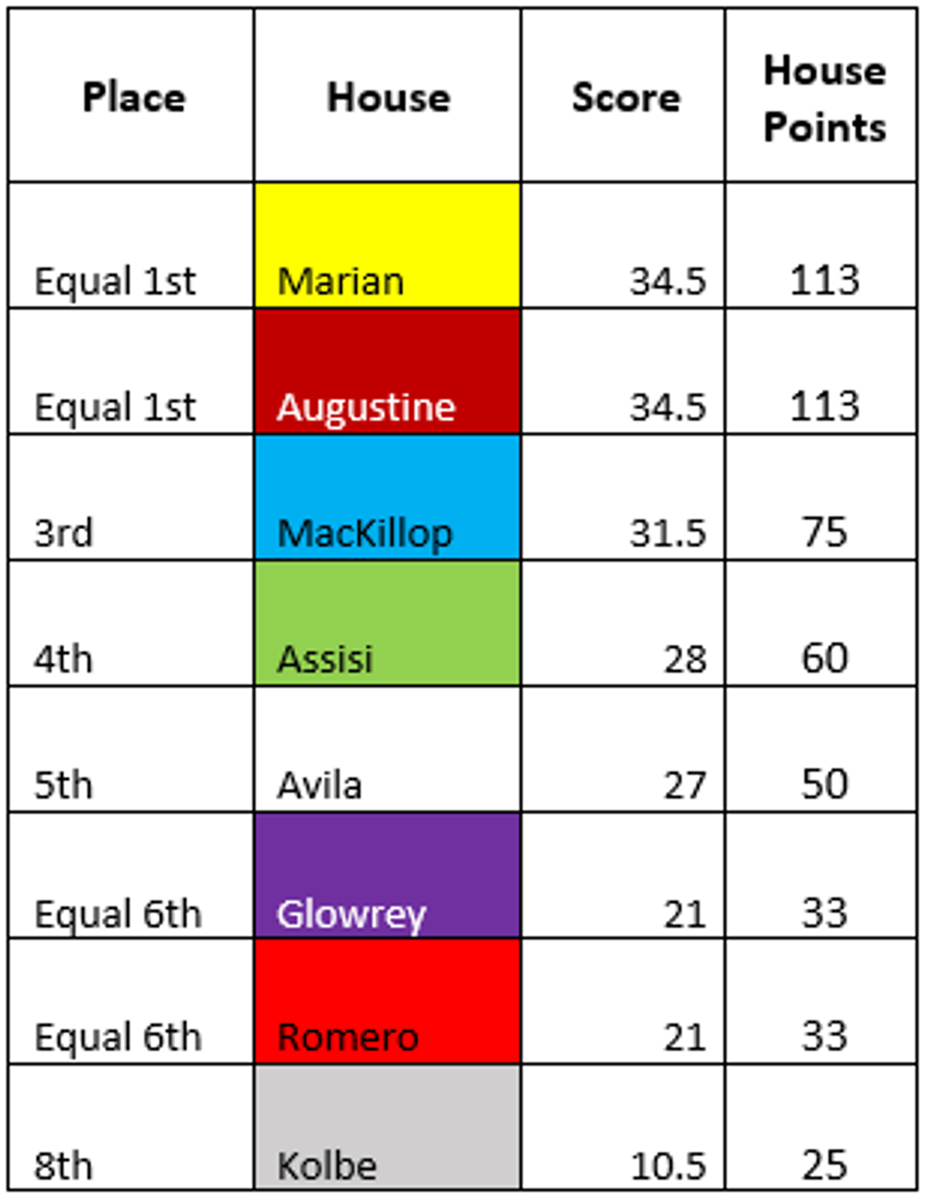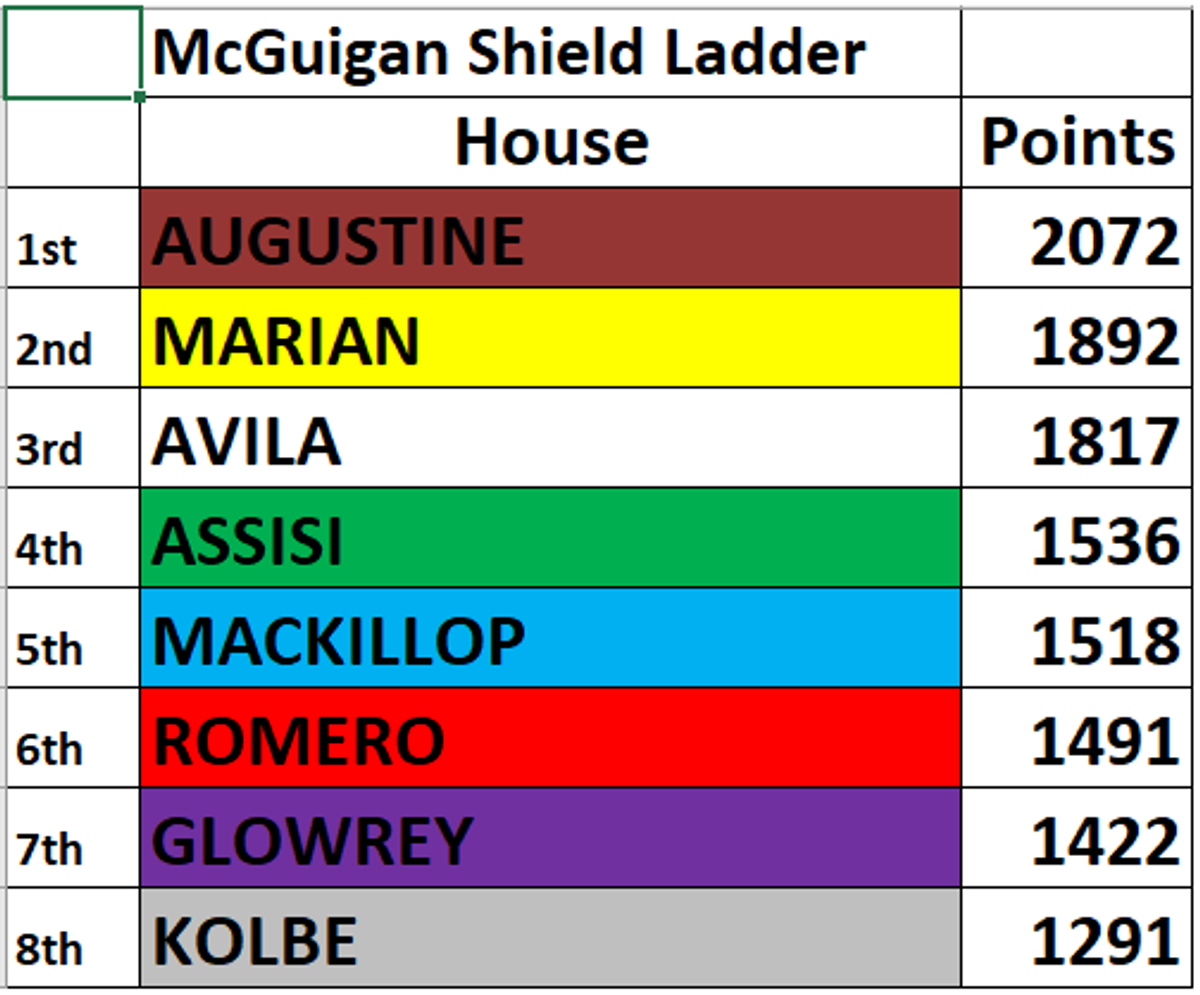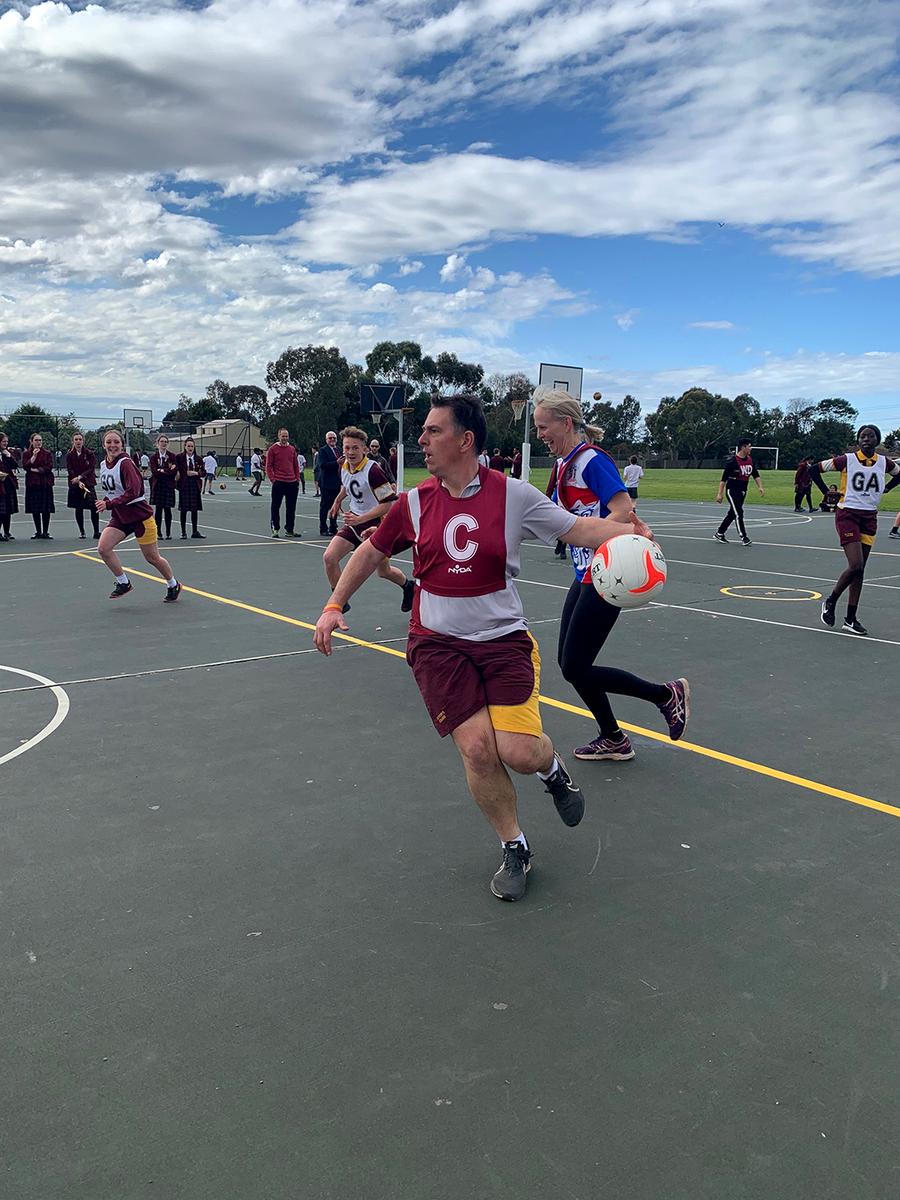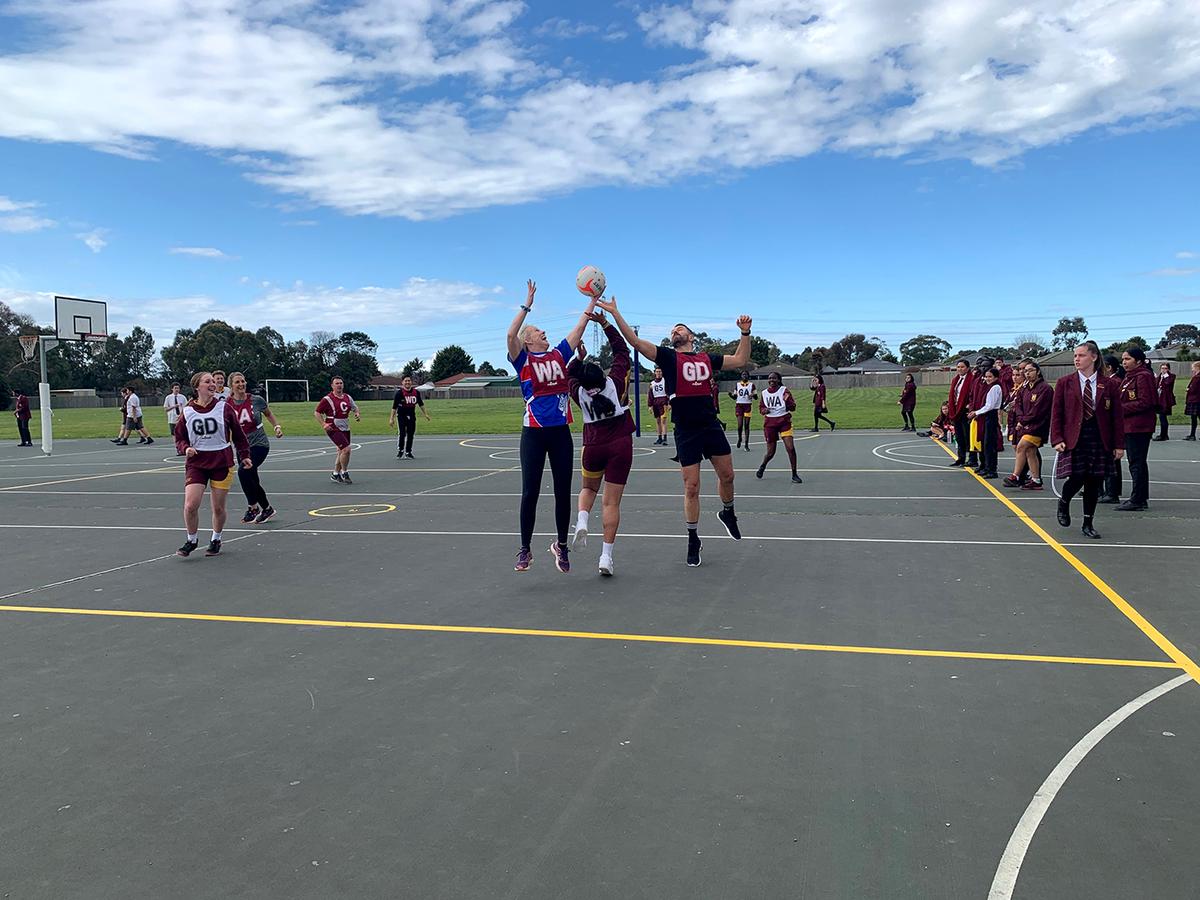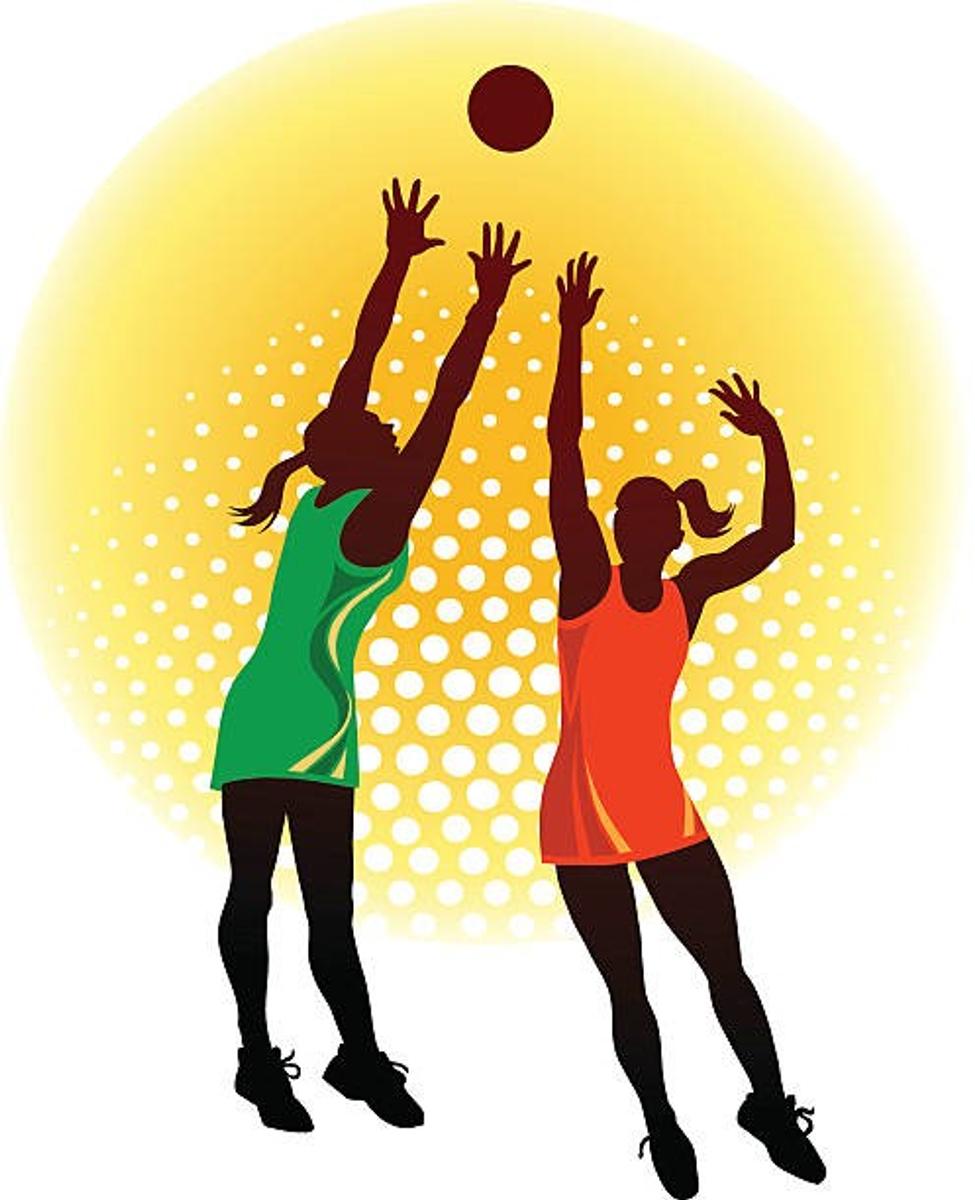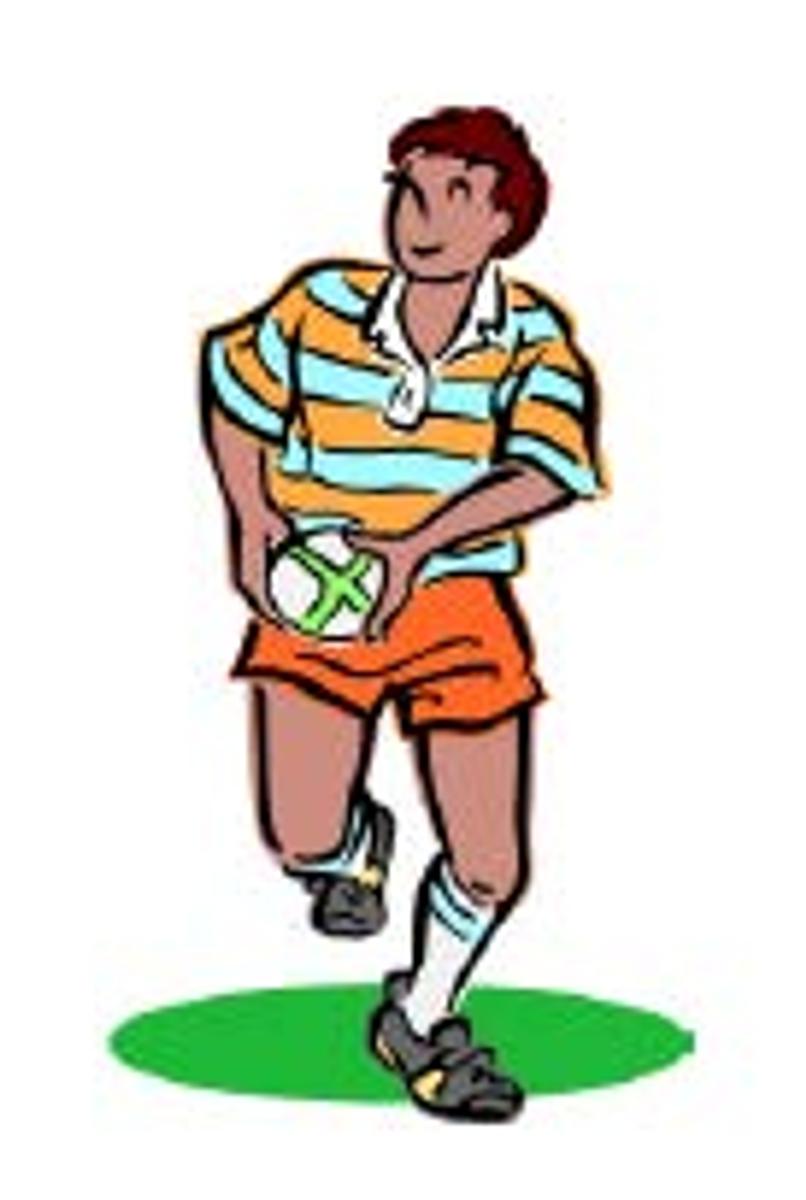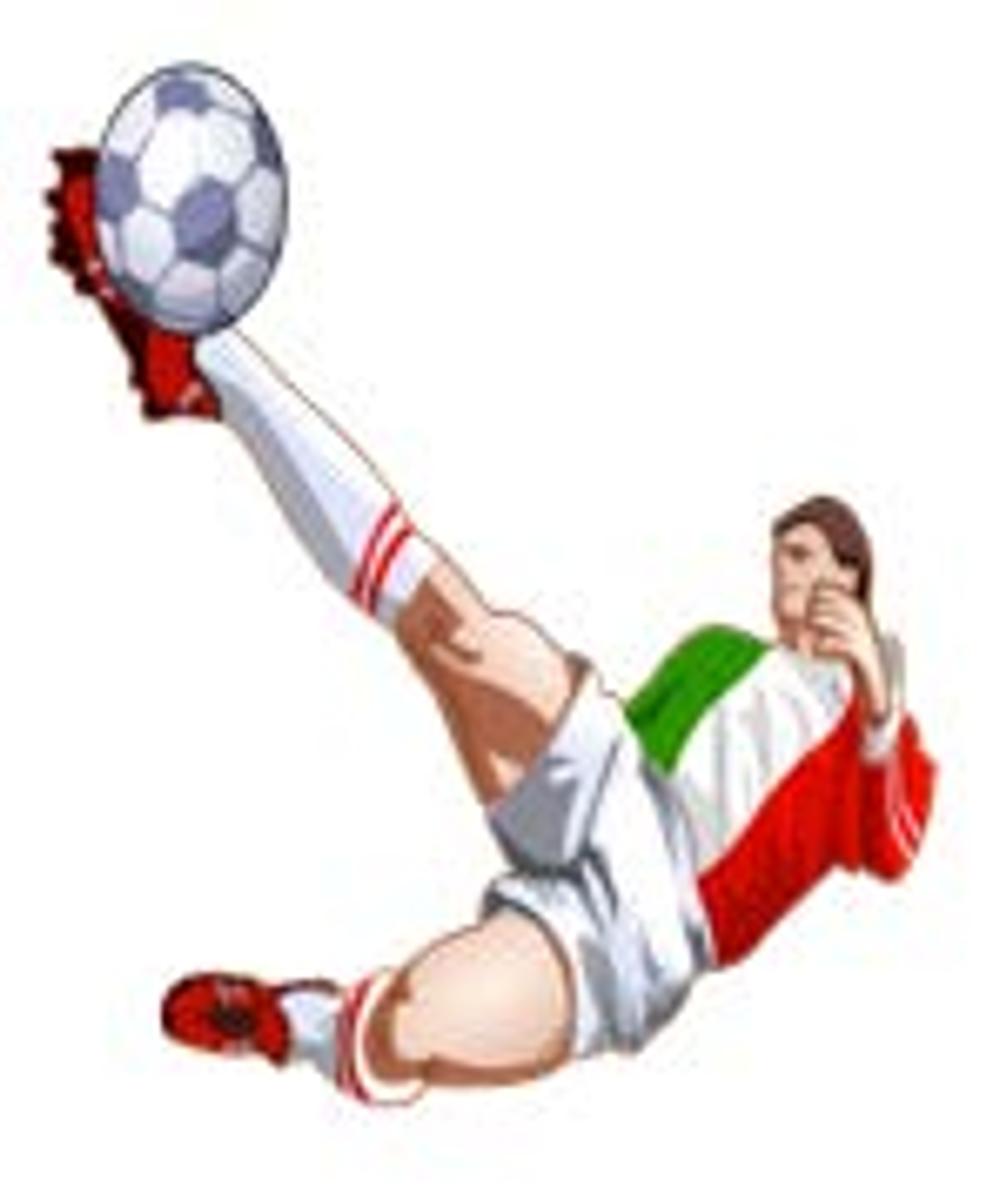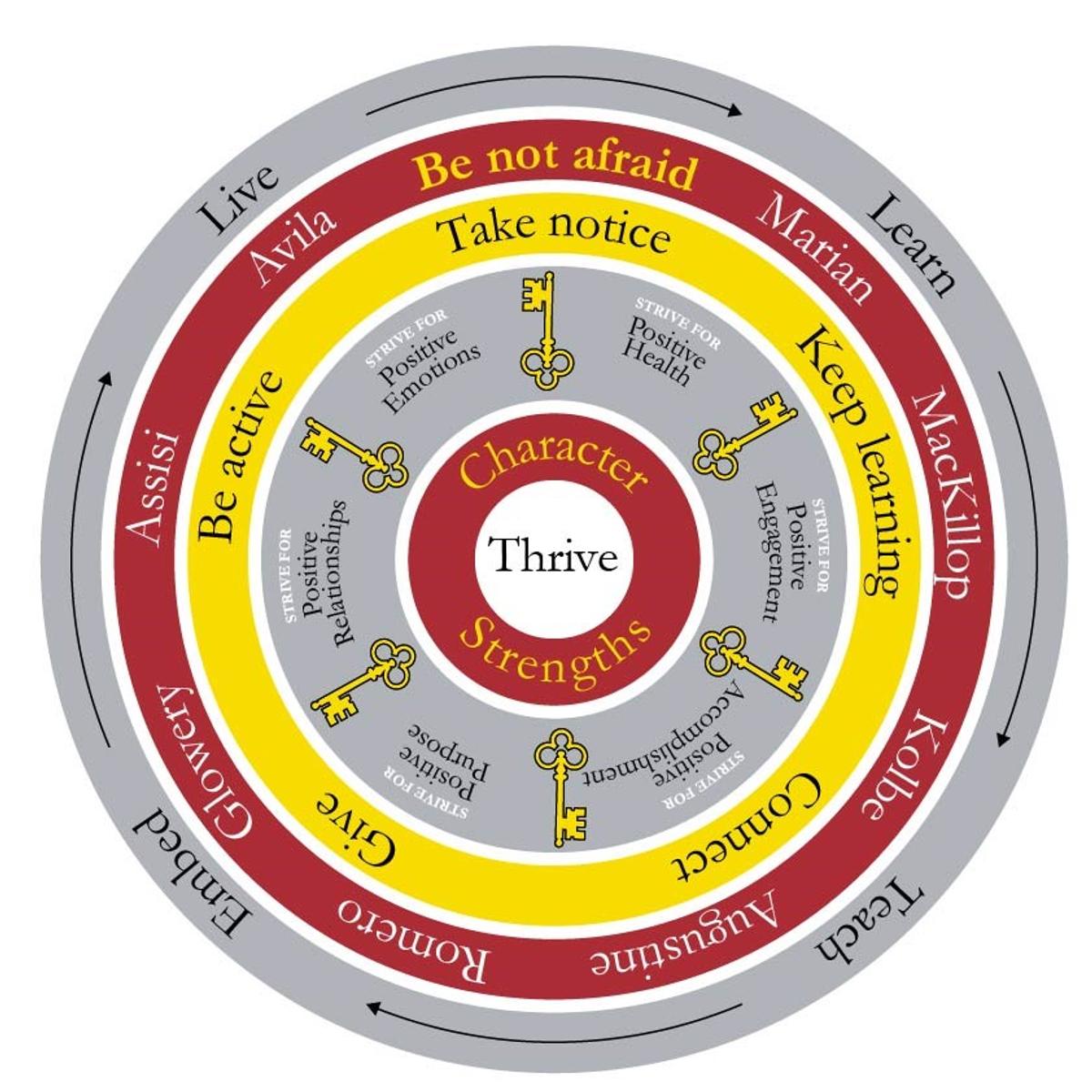Cranbourne Campus News
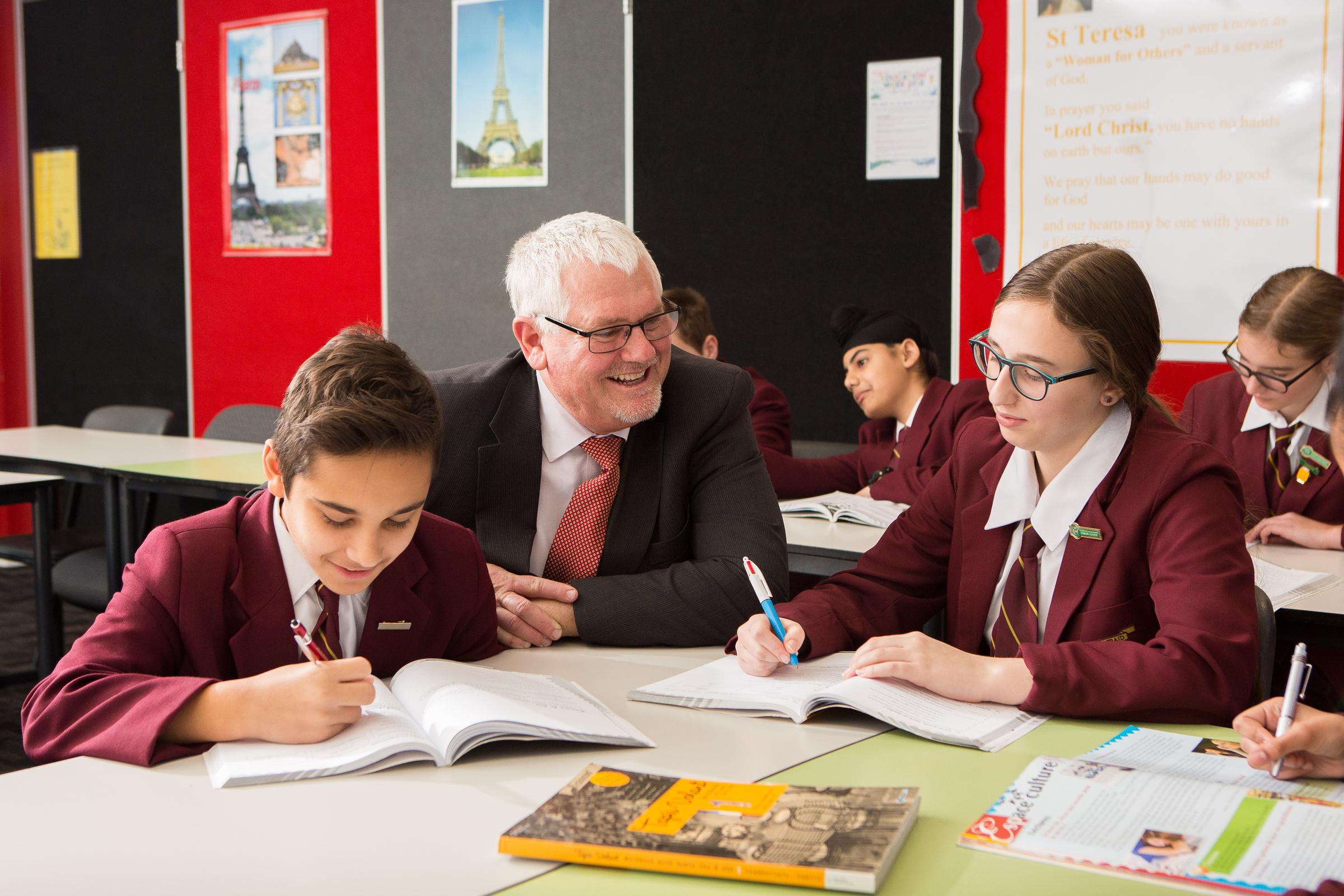
Augustine House Activity - Beep Test
The Juniors competed in the Augustine House Beep Test on Monday and this allowed the final results to be determined. There was a good turnout from the Year 7 & 8 students and it was impressive to see students at the end really push themselves to ensure their house got the best result possible.
Congratulations to both Marian and Augustine House who tied for first place. This result assures Augustine House of victory in the McGuigan Shield and strengthens Marian House’s hold on second place as they move further ahead of Avila.
Thanks to Augustine House for organising this event. The final results were:
The only points remaining to allocate towards the McGuigan Shield are for the Environment Shield, Term 3 SIS participation and Term 3 Attendance & Uniform. The progressive ladder is as follows:
VCAL and Environment Club - Clean Water & Environment Quiz
On Tuesday, 10 September 2019, the first two rounds of the Clean Water & Environment Quiz were held.
Teams of mostly five students participated in the competition to determine who would compete in the Grand Final on Monday, 16 September 2019.
The Quarter and Semi Finals were held today for the Clean Water and Environment Quiz. These points will contribute to the Environment Shield for Term 3.
Assisi and Avila will compete in the Grand Final. Good luck to both these teams.
Staff v Students Mixed Netball Match
Last week the staff challenged the mixed netball champions Avila House to a match. It was a tough affair with Chris O’Hara captaining a diverse group of skilled netballers from the centre. Calen Robinson and Sonia Bramble combined a scientific and technological approach to the game in defence. With the youthful Ehsan Islami as WD, the staff felt confident of a defensive combination of youth and experience. The professional netballers were ushered into attack, Rhiannon Clark, Anna Gebbing and Stephanie Lomas, and all looked set for these teachers to give Avila students a serious netball lesson.
Alas, as sometimes happens in the classroom, lessons don’t always go to plan. At half time, the Avila students were ahead 6 goals to 3. Daniel O’Brien (GS) was shooting well and Hailey Cummins was solid in defence Avila mid-fielders were dominating the centre of the court.
The staff bought on their secret weapons at half time, Phil Cooper to the Centre and Jade Smith to WD. However, Avila responded in kind bringing on the quiet but deadly Sophie Gatuz. The final score was 11 to 7 and Avila House could proudly claim to be the St Peter’s College Mixed Netball Champions. Well done.
Get Active Day
Once again our dynamic VCAL students have organised an exciting program for Active Day (formerly Footy Colours Day).
GET ACTIVE DAY
Tuesday, 17 SEPTEMBER 2019
- Students are invited to wear a jumper/top of the SPORTS team of their choice (eg. Australian Rules, Netball, Basketball, Rugby Union, Rugby League, Soccer, local sports team).
- You may also wear casual pants/skirt with a SPORTS jumper/top.
- Students may also wish to wear a football scarf or beanie, but this is to be worn in addition to any SPORTS jumper/top.
- Any student wearing SPORTS jumper/top is to make a gold coin donation.
- This money will be donated to both the Society of St Vincent de Paul and the Bishop Epalle School in the Solomon Islands.
- Please note that students using this as an opportunity simply to wear casual clothes will be sent home or put in isolation for the day according to the Zero Tolerance Uniform Policy.
Some of the activities on Cranbourne Campus include:
School Leavers Week (Schoolies) 2019
In November, Victorian school leavers will look forward to celebrating an exciting milestone in their lives – the completion of their secondary school education. This however, should not mean risking their health or safety. Good Times, Great Breaks is a coordinated, community response that provides information and on-the-ground support for young people celebrating the end of school in Victoria’s coastal regions. Young people planning to celebrate in Victorian coastal regions are encouraged to visit the Good Times, Great Breaks website for registration, information and safety tips.
Those planning to celebrate or volunteer overseas are encouraged to visit the Australian
Government website Smart Traveller for registrations, safety tips and security, local laws and customs.
Local governments in coastal regions work with their communities and traders to help ensure celebrations are safe and enjoyable for school leavers and local communities. Safety response teams will be present in Victoria’s coastal resort areas, including Bass Coast, Surf Coast and Mornington Peninsula from Saturday, 23 November 2019 to Saturday, 30 November 2019.
While we want our students to focus on the final weeks of formal schooling and their upcoming examinations, we know that many are also planning for Schoolies. We ask parents to have a conversation with your Year 12 student to consider this important information as part of their planning.
Physical Exercise, Mental Health & Learning
At the recent Education Show, I noticed how a number of presenters highlighted the importance of movement in learning. There is good research linking physical exercise and improved memory, concentration and greater optimism. Researchers have found that physical exercise has a positive impact on both mental health and learning. We probably do not need science to tell us how good we feel after exercising. Nevertheless, the link between exercise and mental health is strong. It is why we have Positive Health as one of the six pillars of our Positive Education program here at St Peter’s College.
I reproduce the following article from Renee Lane of Geelong Grammar’s Institute of Positive Education that helps us understand the link between exercise, mental health and learning with some useful strategies to help us regularly exercise:
Sonja Lyubromirsky (2007), notes that ‘exercise may well be the most effective instant happiness booster of all activities’. It is something we all innately know; however, many of us struggle to strike that balance. Physical activity has recently been identified as the most important factor in reaching optimal functioning (Mann & Narula, 2017). Tal Ben-Shahar also suggests that not exercising, is like taking depressants. So, let’s explore how exercise not only enhances our overall health and wellbeing, but how it can positively influence our ability to learn – even as adults!
The science conclusively shows that exercise doesn’t merely lead to a better body, but also a better brain. Dr. John Ratey, author of Spark, refers to exercise as ‘Miracle-Gro for the Brain’. When we exercise, our bodies generate a large amount of the protein Brain Derived Neurotropic Factor (BDNF). BDNF nourishes brain cell growth, just like fertilizer does for plants - so it’s essentially brain fertilizer! BDNF has been shown to heighten our learning and our creativity.
There are many more benefits of exercise, for both our body and mind, including:
- Increased memory, mood, attention and sleep patterns
- Increased neurogenesis (the creation of new neurons – a nerve cell, and new neural pathways)
- Increased myelination (the sheath surrounding the neural pathways, increasing the signal strength of nerves)
- Increased hormone levels, including dopamine, noradrenaline and serotonin (feel good chemicals, and one of the reasons why we feel so good when we walk back in the door post exercise session)
- Protecting and prolonging against neurodegenerative diseases such as Alzheimer’s and Dementia
I’m sure I can hear you asking, how much exercise do I really need to do to get all of these benefits?
As adults, according to the Heart Foundation and Dr. John Ratey, a minimum of 150 minutes of moderate intensity exercise per week is required. That’s only 21 minutes per day! And, remember, exercise doesn’t have to cost you a cent and it doesn’t need to be too strenuous. Walking is free, and a brisk walk is classified as moderate intensity exercise.
Strategies and tips to enhance regular exercise:
1. Find a friend. It makes us accountable and that first step out the door so much easier.
2. Make it a part of your routine. Set aside certain times of the day. Some research suggests that exercising in the morning gives us the most ‘bang for our buck’. However, if you are not a morning person, any time of the day is perfect! You are more likely to stick with something if it is scheduled in to a routine.
3. Find a new location to exercise. Try a walk along the beach, or a bushwalk.
4. Choose activities you will enjoy. You are more likely to keep doing them.
5. Variety is the spice of life. Vary the type of activity you do, so that you don’t get bored.
6. Set small, realistic goals. Don’t go straight to “I’m going to run a marathon!” Maybe a 10-minute walk around the block is the perfect starting point.
7. Be kind to yourself. If you only get in 10 out of your 21 minutes of walking per day, some exercise is better than none. So, always choose some!
One of my favourite sayings is “healthy body, healthy mind”. Many of us have heard this phrase used in various sporting and educational contexts, however, you may not have realised that this small sentence, which captures the very essence of this blog, was written in Latin (Mens Sana in Corpore Sano) by a Roman poet in second century AD. As humans we know this, we have known it since the dawn of time, the question is – how much do we subscribe to it?
In the same way we take a daily vitamin tablet or a Panadol for a headache, putting on a pair of shoes and taking that first step out the door should be something that we prescribe ourselves as part of our everyday routine.
So, let’s take that first step, prescribe yourself some exercise for the good of your mind and body and make it a non-negotiable in your daily routine. I will see you out there!
Resources & References:
To view video clickhere.
Lyubromirsky, S. (2007). The How of Happiness. A New Approach to Getting the Life You Want. Penguin Putnam Inc.
Mann, A. and Narula, B., 2017. Positive Psychology in Sports: An Overview. International Journal of Social Science, 6 (2), 153-158.
Ratey, J. (2012). Spark. The Revolutionary New Science of Exercise and the Brain. Little Brown and Company.
David Hansen
Deputy Principal - Head of Cranbourne Campus

